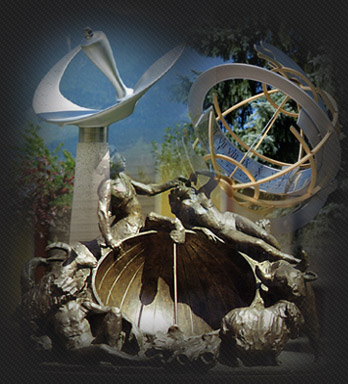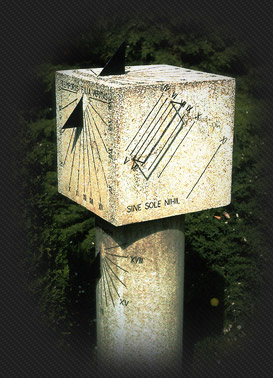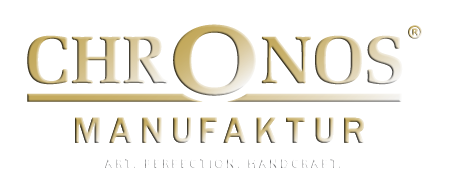
Sundials types
A sundial is composed of two elements: a shadow-casting style and a receiving surface (plate). The style is generally a shaft, but can also be a sharp, straight edge or an orifice. The shaft or angle must be parallel to the earth's axis of rotation – which is why sundials at various latitudes have differing angles of inclination.
Sundials with semicircular or circular receiving surfaces (plates) are referred to as equatorial sundials owing to the fact that the band containing the numbers is parallel to the equator. Inasmuch as the style of equatorial sundials is parallel to the earth's axis, these sundials can be regarded as hollow models of the earth. The sundial's actual location is always at the hollow model's highest point, which is the zenith of the sphere. The plate can either be planar, form a semicircle around the style, or can be bowl shaped.
Bowl shaped sundials, which are known as skaphen and were widely used by the Romans, indicate the seasons as well as the time. One of the variants of the equatorial sundial is a sundial in the form of a terrestrial globe that depicts all of the earth's oceans and continents. In this type of sundial, the plate is located at the equator. Its most charming feature is that you observe in real time how the sun moves across the earth, thus allowing you to see in which regions it's currently day or night, or where the sun is rising or setting. This type of sundial also clearly indicates the seasons.
 The sundial that most people are familiar with is the flat sundial, whose receiving surface consists of a plate marked with lines indicating the hours of the day. This type of sundial occurs most commonly in its vertical variant, mounted on building walls, and its horizontal counterpart is often found in British parks. This latter type is frequently made of brass or copper and is mounted on a chest-high column.
The sundial that most people are familiar with is the flat sundial, whose receiving surface consists of a plate marked with lines indicating the hours of the day. This type of sundial occurs most commonly in its vertical variant, mounted on building walls, and its horizontal counterpart is often found in British parks. This latter type is frequently made of brass or copper and is mounted on a chest-high column.
One particularly engaging type of sundial is the multi-surface sundial, which is a variant of the flat sundial and allows sundials to be mounted on five of the six sides of a cube. During the summer, the sun even shines on the north side of this type of sundial in both the morning and evening. And inasmuch as the hour lines on the sundial plate constitute a projection surface, visual thinking, as well as tools, are needed to determine the disposition of these lines.

